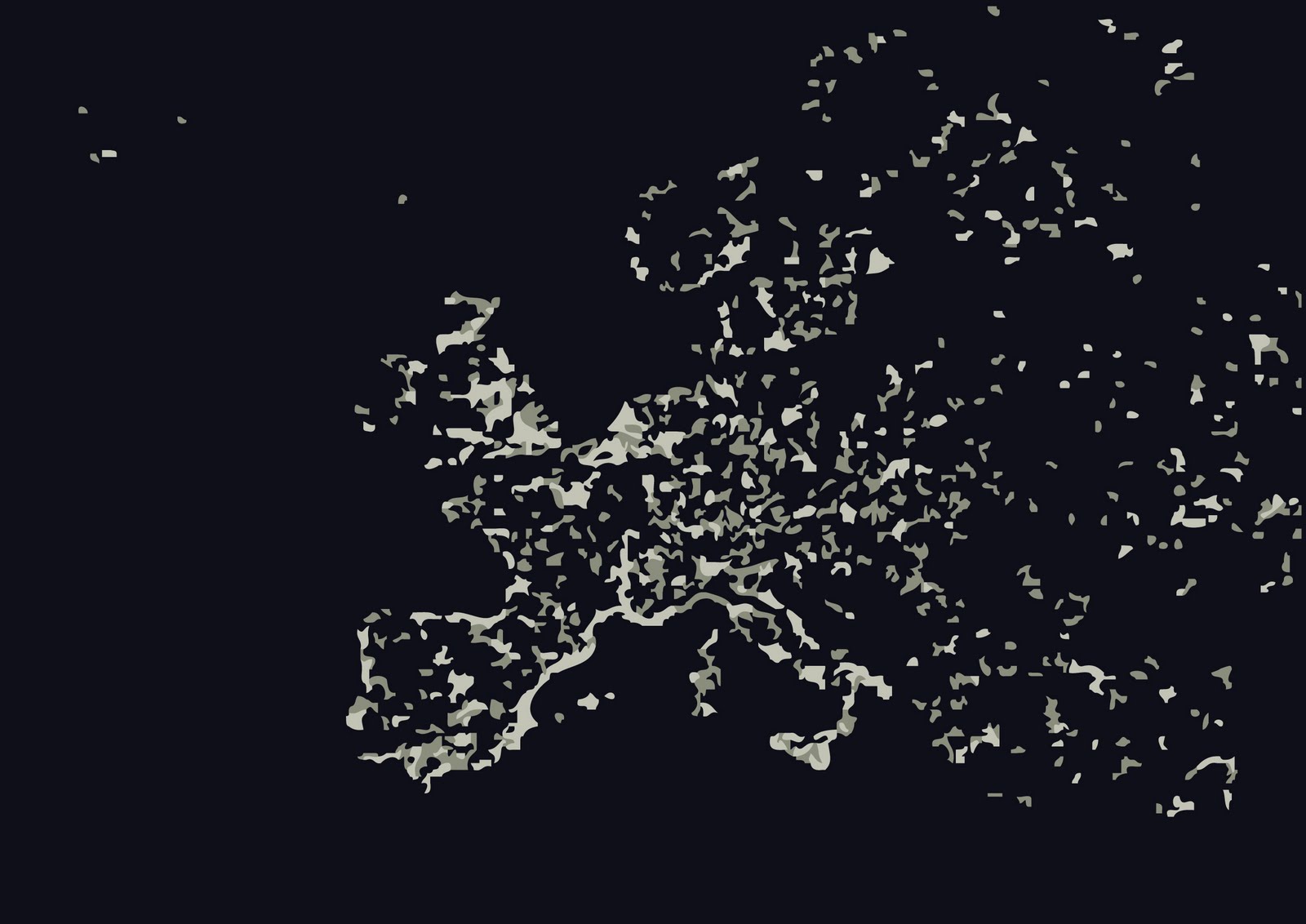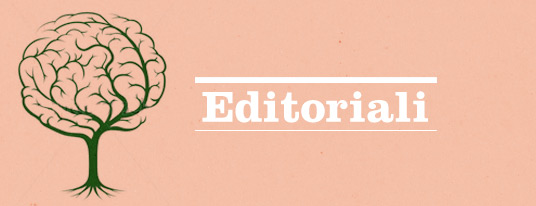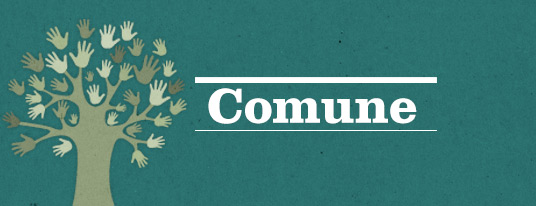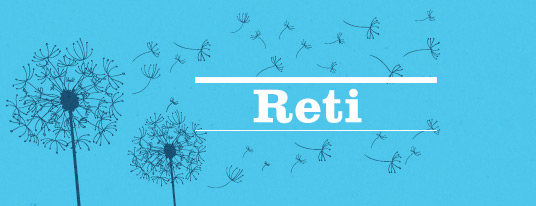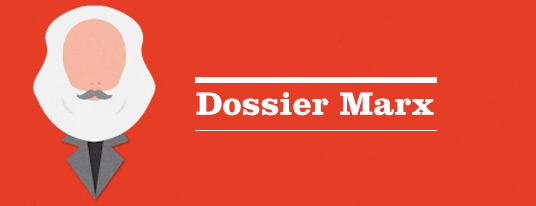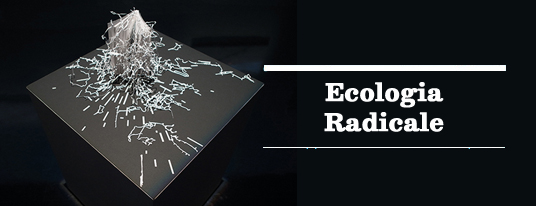“Possibilités et obstacles d’une Europe politique. Autour de l’œuvre d’Étienne Balibar”, Centre de Philosophie juridique et politique, Université de Cergy-Pontoise, 27 et 28 mai 2019
By SANDRO MEZZADRA.
1. Speaking of borders with respect to Europe today is an urgent task. There is no need to explain why, it is enough to give an eye to the news every day. Along Europe’s maritime and land boundaries some of the most intense, and often lethal conflicts of our time are fought on a daily basis. This is true not only in Europe, it is important to keep in mind that the politicization of borders is a defining feature of the current global conjuncture. But today we are gathered to speak about Europe, and there is a need to emphasize the materiality and the high stakes of conflicts surrounding borders in this part of the world. Such conflicts also provide us with an effective viewpoint on the predicament of the integration process in Europe, considering the fact that even internal borders in the Schengen space have often become sites of dispute over the last few years in the framework of what has been coded as “migration” or “refugee crisis.”
Étienne Balibar’s work has been shaped since the early 1990s by a precocious awareness of the new salience of borders in the scenario opened up by the end of the Cold War. That was not at all obvious at the time. The rhetoric and discussion of globalization were rather characterized in those years by the image of a “borderless world” in the making, to recall a phrase popularized in 1990 by Kenichi Ohmae. As far as I am concerned, I have to acknowledge a debt to Étienne. The question of the border had not been part of my academic or political training in the 1980s in Italy. Two quite different developments prompted it to the very center of my reflections, of my activism, and of my research agenda – on the one hand new mass migration to and across Italy, on the other hand the wars that led to the catastrophic dissolution of Yugoslavia. Reading Étienne’s book, Les frontières de la démocratie (1992), was in a way a revelation. It helped me to make sense of the notion of the border and at the same time it showed to me the effectiveness of taking the border as a methodic viewpoint on a whole set of political questions, including racism and citizenship. The very title of the book I wrote with Brett Neilson twenty years later, Border as Method, or, the Multiplication of Labor (2013), amply demonstrates the enduring influence of Étienne’s lesson on my own work.
More generally, Étienne’s work has been in the 1990s an important point of reference (and a kind of rallying cry) for a whole generation of young activists and scholars that were desperately looking for conceptual tools to make sense of the new quality of violence crisscrossing the operations of borders in Europe particularly with respect to migration. While the emerging field of border studies, mainly in the U.S., was showing to us the effectiveness of a multiplication of “gazes” on the border, combining geography and anthropology, cultural studies and sociology, what characterized since the beginning Étienne’s take on the topic was a politicization of the very notion of the border. His interventions in the struggle of the sans papiers in 1996-97, and in particular the text of his address, What we Owe to the Sans Papiers, disclosed moreover an activist twist in his work and invited us to focus on the agency of subjects whose status was constructed in a merely negative way by the very operations of borders.
2. Allow me to flesh out at least some aspects of Étienne’s work on borders. First of all, there is a need to stress the rigorous way in which he has asked the question, what is a border? He has demonstrated the tricky nature of that question from a philosophical point of view, since the tool that we are supposed to use to answer it (which means, a definition) is itself predicated upon the object to be defined. In other words, even etymologically, defining means tracing a border. This introduces into the very concept of border an essential dynamic, which helps to trace the mobility of borders beyond the seeming fixity of a line drawn on a map. It also allows shedding light on what Étienne calls the “polysemy,” “heterogeneity,” and “multiplicity” that characterize the semantic field of the border. This is an important point since it invites us not merely to study a panoply of heterogeneous manifestations of the border, including cultural and linguistic, legal and economic boundaries, but also to focus attention on their articulation and on the multifarious ways in which they relate to the geopolitical border.
It is putting together the mobility of borders and the deep heterogeneity of the semantic field of the border that Étienne memorably contends that the border has ceased to be a marginal phenomenon (according to its conceptual and cartographic representation as an edge and as a limit) and has been transported into the very center of the public space, into the middle of our experience. This centrality of borders has for Étienne what I would call extensive and intensive implications. From the first point of view borders are always overdetermined, meaning that no political border is ever simply the mere line of demarcation between two states, it is always “sanctioned, reduplicated, and relativized by other geopolitical partitions.” Borders perform, as Étienne writes astutely reframing a topic taken from Carl Schmitt’s The Nomos of the Earth, an essential world-configuring function. This means that analyzing any specific border opens up vistas on the global dimension, on the ways in which the world system is organized and works, on the tensions and conflicts that shape it. I think this a particularly important point for us today, when the world system definitely appears to be out of joint.
From the second point of view, looking at what I called before the intensive implications of the centrality of borders, Étienne has emphasized the relevance of a whole set of heterogeneous boundaries. His essay on Fichte’s Addresses to the German Nation amply demonstrates for instance the productivity of the notion of internal border, crossing space and time, language and people. Starting with his collaboration with Immanuel Wallerstein in the late 1980s, Étienne has moreover forged a sophisticated conceptual paradigm for the analysis of race and racism, where the notion of internal border figures prominently. As for instance an essay in his Citoyen/Sujet shows (Universalités bourgeoise et differences anthropologiques), this has led him to foreshadow a notion of anthropological border, working in particular on gender and race, but more generally on the construction of what he calls the “foreign body.” Anthropological borders cut the field of the human, enabling and prompting the operations of complex devices of differential and hierarchical inclusion and exclusion.
3. The border has provided Étienne with a crucially important viewpoint in his philosophical and political elaborations on Europe. “At the borders of Europe” is indeed the title of the first chapter of his seminal book We, the People of Europe? What is the meaning of the genitive, he asks with a move that is typical of his style of thought at the beginning of a talk delivered in 1993 on “the borders of Europe?” Is it an objective or a subjective genitive? Does it point to a relationship in which Europe firmly “owns” its borders or does it rather signal a kind of agency of borders themselves, an ability of the latter to draw the shape of Europe, to determine its shifting “identity” and to drive its development? In very general terms, the ambivalence encapsulated by the uncertainty regarding the meaning of the genitive is a constitutive feature of borders as such and of the borders of Europe in particular. In his writings Étienne navigates and negotiates such ambivalence in an attempt to make it theoretically and politically productive.
The centrality of borders implies first of all the ubiquity of the violence that is a constitutive aspect of their operations. Sure, there is a need to stress that borders connect and divide at the same time. Nevertheless, one cannot easily get rid of the violence implied in the very moment of partitioning that is connected to the tracing of a border. Over the last two decades Étienne has carefully mapped the dissemination and metamorphoses of such original (one could even say, conceptual and epistemic) violence across and at the edges of the European space. Reflecting upon the warlike asymmetrical maneuvers of control and push back against migrants around the “external frontiers” of the EU, investigating the shifting figures of the stranger, the foreigner, and the enemy within the European space, tracing the curtailing of the right of circulation and hospitality, he has offered us a detailed phenomenology of the spread of border violence in Europe. The notion of “a virtual European apartheid,” explicitly constructed in We, the People of Europe? upon a movement of “reduplication of external borders in the form of ‘internal borders’,” encapsulates such phenomenology in a provocative and effective way.
At the same time, Étienne has looked at Europe politically considering it a borderland, a juncture, a site of intersection of multiple spaces, cultures, and flows. While such a picture of Europe is definitely challenging from the point of view of its position within the world writ large, it also turns border crossing into a key moment of political productivity. Étienne’s reflections upon European citizenship are shaped by the idea of such a political productivity of border crossing, of a movement that is capable to negotiate, transform, and overcome the limits it encounters. This is, it seems to me, the specific border politics that is postulated by the notion of “trans-national citizenship,” which Étienne carefully distinguishes from “supranational” and “post-national” citizenship since it is predicated upon an “open process of transformation.” These are powerful theoretical reflections, although there is a need to stress that they obviously bear the traces of the epoch in which they were formulated, that is the late 1990s and early 2000s. While there was much to criticize in European policies at the time, as we just saw, it was also definitely possible to see in the European citizenship a “federalist virtuality” capable to spur in a contradictory but effective way processes of democratization beyond the nation. Is it still the case today, in an age characterized by violent processes of renationalization to which a further hardening of borders of and in Europe corresponds?
4. Let us delve a bit deeper in Étienne’s political theory of the border, before tackling those processes of renationalization. “Democratizing the border” is the phrase that he uses to outline the political project he is engaged in developing. The relevance of such phrase lies in the fact that it is confronted with an antinomy, since the border figures, as Étienne underscores, among “the nondemocratic conditions of democracy.” It is therefore clear that speaking of a democratization of borders implies understanding democracy in terms of a movement – a movement that not paradoxically exists and operates in contradiction with an established institutional system of democracy insofar as it attempts to “democratize” it addressing one of its basic conditions and revealing its “nondemocratic” nature. Needless to say, defining the border as “nondemocratic” is predicated upon a view of the democratic people that refuses to posit it as fixed and closed and rather takes political subjectivity as an expansive and constitutive principle that makes up democracy as such. From this point of view the border (geopolitical as well as “internal” borders) appears as a limit for democracy, and its democratization (whatever form it takes) is only possible within the horizon of an abolition of borders, although this remains for Étienne precisely a horizon, one could say a regulative ideal.
In this sense, it is definitely possible and useful to read from the angle of the border some of most important and well known conceptual contributions made by Étienne to political theory, starting with the notion of equaliberty and with the distinction between an “insurrectional politics” and a “constitutional politics.” “Insurrectional politics,” one could say, is prompted by the clash of specific subjects with specific borders and limits – a clash that reactivates and resignifies “equaliberty” challenging and disrupting “constitutional politics.” What is crucial is the outcome of such challenge and disruption, the way in which “constitutional politics” reacts to the “insurrectional” critique of borders, acknowledging it or refusing to do so.
This seems to me a more general question concerning Étienne’s theory of democracy and his distinction between “constitutional” and “insurrectional” politics. What counts more in that distinction is the dialectic between the two moments, the kind of political dynamic that originates from the tension between the multiple claims and subjective practices that embody the democratic movement and the institutional framework of the democratic system. This is doubtless a fascinating way to look at democracy, and it allows grasping crucial moments in its history, including the development of what Étienne calls the “national (and) social state.” However, there is a need to ask whether it provides us with an effective framework to tackle the challenges of our present time, both on the side of the democratic movement and on the side of the democratic system. I would like to keep this question open in general terms. Nevertheless, it is difficult to get rid of the impression that today we are confronted at least with an impasse, with a deadlock in the dialectic between “insurrectional” and “constitutional politics.” And we have to think through such impasse, also regarding borders.
5. Borders are hardening and multiplying in Europe today in the framework of the processes of renationalization of politics that I mentioned before. Those processes are not limited to the leading role played in national governments by such iconic figures as Viktor Orbán or Matteo Salvini. We are rather living through a European conjuncture that is characterized by the pressures exercised by the rise of new and old forces of the right whether or not they are in government. The European Union itself reflects such pressures, which translate into an ever-growing role played by “national interests” in the formulation of its policies and into ongoing processes of fragmentation.
There is definitely a need to stress that such predicament is an outcome of the European management of the crisis since 2010, encapsulated by the Fiscal Compact and the European Stability Mechanism (ESM) and characterized by the continuity of the austerity programs. While the emerging new nationalisms do not challenge the basic aspects of the neoliberal rationality that has driven European policies over the last years, they add a clearly authoritarian and disciplinary twist to them. Migrants and refugees are the first targets of that twist, within the European space as well as in their attempts to reach it. But other subjects immediately follow, starting with unruly youth and women refusing to abide by the rules of the patriarchal family. At the same time, the “social question,” dramatized by a decade of crisis, remains open and is addressed by the new nationalisms in a merely rhetorical way, as for instance the vicissitudes of the so-called “basic income” in Italy amply demonstrate.
In such a conjuncture, in which borders are highly politicized from the right, we have to forge a strategy for an effective opposition. Following Étienne’s point on the centrality of borders, border politics must figure prominently in that strategy, it cannot be relegated to a secondary or marginal position. And I am convinced that it is not enough to simply engage in practices of “resistance,” although resistance is necessary and it has to combine both along the “external frontiers” of the EU (in the Mediterranean, in particular) and within the European space a creative use of legal resources and human rights discourse with political activism and the involvement of institutional actors (e.g., the cities). All this is absolutely necessary, I want to repeat it. But there is a need to go beyond the reactive position of resistance and to start forging a realistic project capable to offensively address the question of borders and freedom of movement.
Particularly in the anglophone world there is today a wide and lively debate on what is called “a left case for open borders,” moving across unilaterally normative and more nuanced philosophical and political positions. I do not think that an effective borders politics can be articulated in merely normative terms. To put it simply, I believe we should take as a point of departure the mass critique of borders that is practiced on a daily basis in dire conditions by people on the move, by migrants and refugees. That critique provides us with a material basis upon which we have to forge an ambitious project, capable to address the needs and desires of a multitude of subjects, which include migrants and refugees but are in no way limited to them. Is it possible to demonstrate that a society built upon open borders and freedom of movement is a wealthier and happier society than the one haunted by fear and fortified by walls? I think it is possible! And what is needed is an effort of political imagination and coalition building to materially instantiate that possibility.
A border politics like the one I am sketching here is a framework of struggle and political experimentation. It cannot be reduced to a set of measures regarding the policing of borders, or even their abolition. This is also due to our awareness of the heterogeneity and multifarious manifestations of borders. “Solidarity cities” are already implementing a politics of “open borders” in embryonic forms in many parts of Europe, while “No Border” activism continues to support the daily challenge to borders posited by migrants. Among those two poles there is a whole continent of political possibilities. It is up to us to start exploring it remaining aware of the fact that there is nothing marginal in the border. What is at stake at the border is rather the shape taken by the society writ large, the way in which labor markets work, the production and circulation of culture, the quality of citizenship. This why we need a border politics capable to nurture a project of societal transformation at the same time radical and tendentially majoritarian. This is the way in which I think today of Étienne’s project of “democratization of the borders.”






